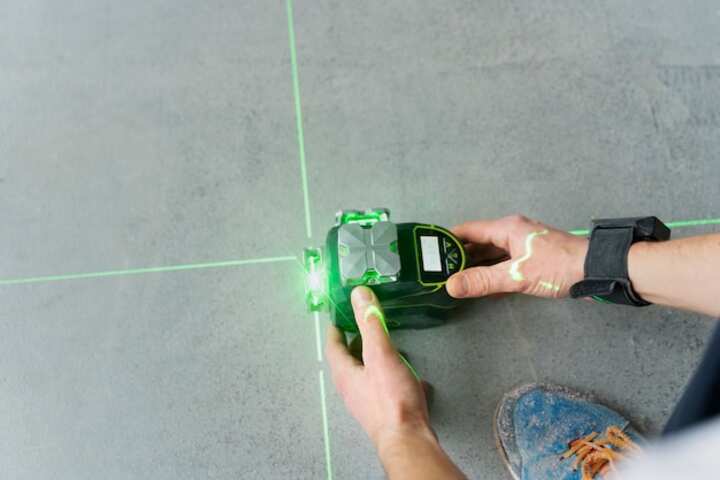
Comprehensive Visual Mold Inspection Solutions for Your Home
Maintaining a healthy home environment is crucial, and one of the often-overlooked threats to this is mold. Mold can cause various health issues and damage the integrity of a structure, making it essential to identify and address any mold presence promptly. Visual mold inspection is a vital component in ensuring a safe living space, as it helps detect areas of concern before they develop into significant problems. This article delves into the comprehensive solutions available for conducting visual mold inspections in your home.
Importance of Visual Mold Inspections
Visual mold inspections are a proactive measure in safeguarding your home from potential mold infestations. These inspections help in:
- Identifying visible signs of mold growth, such as discoloration or water stains on walls and ceilings.
- Detecting areas with excessive moisture that could foster mold growth.
- Providing early warnings that allow for quick intervention and remediation.
For more details on how moisture affects mold growth, read more about this topic.
Key Components of a Visual Mold Inspection
Inspection of Common Areas
During a visual mold inspection, certain areas of a home are prioritized due to their susceptibility to moisture and mold growth, including:
- Bathrooms and kitchens, where plumbing leaks are common.
- Basements and crawl spaces, which often have poor ventilation.
- Attics, where roof leaks might go unnoticed.
For a deeper understanding of these areas, learn more in this detailed guide.
Use of Advanced Tools
While the human eye is a powerful tool, certain advanced equipment can significantly enhance the accuracy of mold inspections:
- Moisture meters to detect hidden moisture problems.
- Thermal imaging cameras to identify temperature variations that might indicate moisture intrusion.
- Endoscopes for inspecting hard-to-reach areas.
Explore further insights here.
Conducting a Thorough Mold Inspection
Step-by-Step Process
A systematic approach is essential for a thorough visual mold inspection:
- Initial Walkthrough: Begin with a comprehensive walkthrough of the property, identifying any visible mold or moisture issues.
- Documentation: Record findings with photographs and notes, focusing on areas requiring further investigation.
- Testing: In some cases, air and surface samples may be collected to confirm mold presence and types.
- Analysis and Reporting: Analyze the findings to provide a detailed report, including recommended actions for remediation.
Find additional information here.
Benefits of Professional Mold Inspection Services
Opting for professional mold inspection services offers several advantages:
- Access to advanced technology and expertise in identifying hidden mold issues.
- Comprehensive reports that aid in making informed decisions about remediation.
- Peace of mind knowing that potential health risks and structural damages are being managed by experienced professionals.
For more on the benefits and technology used in mold inspections, explore further insights here.
Conclusion
Visual mold inspections are a crucial part of maintaining a healthy and safe home environment. By understanding the importance of proactive inspection, utilizing advanced tools, and following a structured inspection process, homeowners can effectively manage mold risks. Professional services provide an added level of assurance and expertise, ensuring that any mold issues are promptly and adequately addressed. To continue learning about protecting your home from mold, find additional information here.